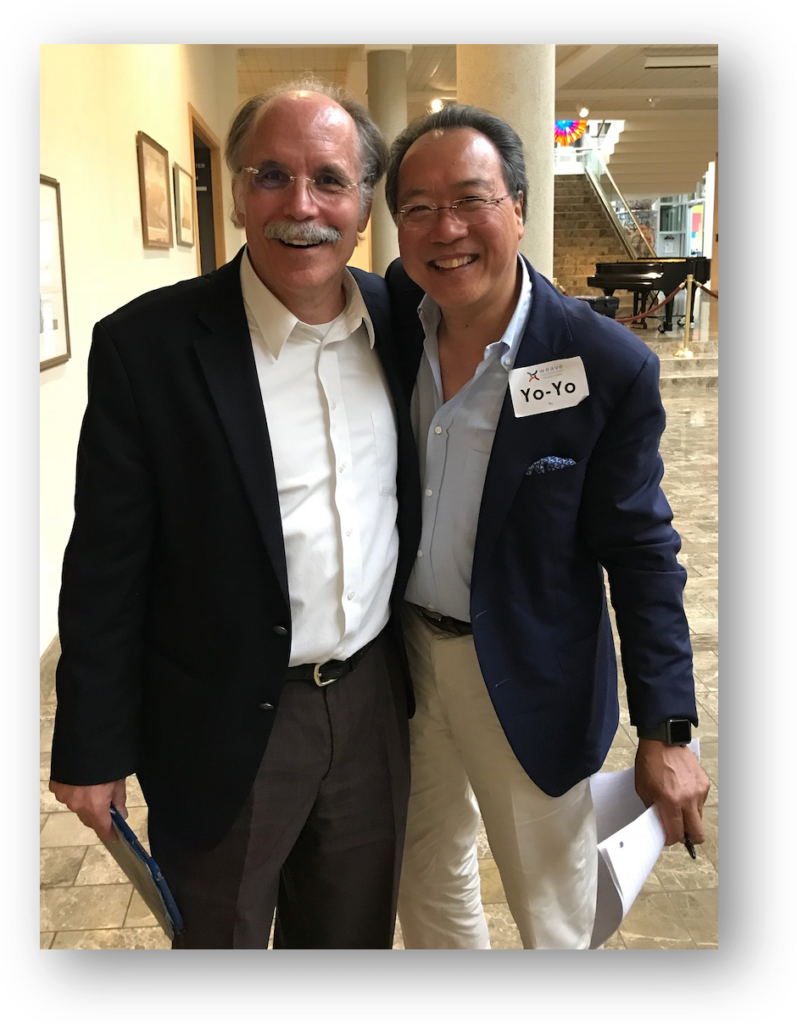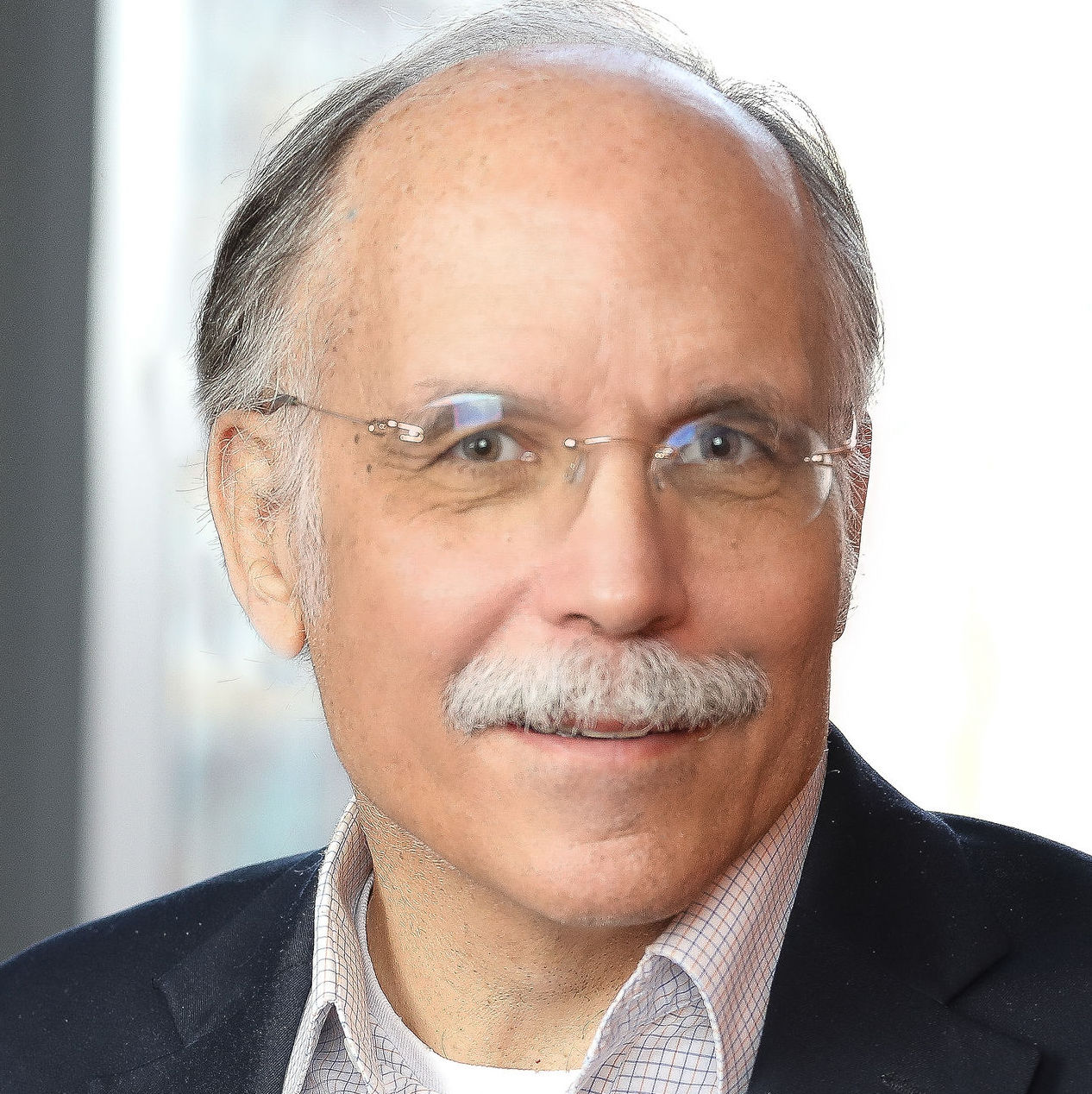Leadership as Art
Artists can help us see around corners. They can tap into our unconscious mind to make us aware. They can present us with unique vantage points from which to see our complex and shifting world. At the same time, today’s leaders can learn from artists. In many ways, for example, leading a network is similar to jazz improvisation.
These thoughts all came to mind as I watched a video, sent to me by my friend and colleague Eugene Curry.
It features Yo-Yo Ma, and, as many of you know, I met Yo-Yo when he attended a workshop I was conducting in Youngstown, OH.

Foreword to Strategic Doing Ten Skills for Agile Leadership
I’ve been waiting for this book all my life. Strategic Doing answers so many questions I have on how cultural organizations can band together to be part of the solution in addressing society’s most complex issues.
I was a witness to and participant in this approach when I met Ed Morrison in Youngstown, Ohio, working with a group of socially committed citizens, each determined to work to reinvigorate a once-thriving community. In one short hour, he had us each identify and unlock our assets, come up with a plausible group plan, and determine a course of action moving forward, agreeing to meet again 30 days from that moment.
Now we have the book that details 50 years of work (between its 5 co-authors), showing how Strategic Doing has been catalytic in revitalizing communities, cities, industries, and sectors all across the country.
Strategic Doing is precisely what we need at this moment. In a fast-changing world, filled with disruption, with institutions not equipped to absorb or deal with the pace of change, here is a way of thinking and acting, here is an agile strategy that makes collaboration take place at the necessary speed for social good.
Yo-Yo Ma
December 31, 2018
Arlington, Massachusetts
The video captures the spirit of people around the world with whom I work now — in Canada, Ecuador, the Netherlands, Belgium, Australia, Brazil, New Zealand, Germany, China, Ireland, the US, the UK.
- They know in their bones that we can do better.
- They are launching experiments to explore a path to a more sustainable future.
- They designing what’s next for our children and grandchildren.
- They are including the excluded voices.
- And, most important perhaps, they’re not waiting for permission.
In the lunch preceding our workshop, Yo-Yo and David Brooks of the New York Times led a discussion about how we can move our country beyond divisions. I was sitting next to a leader from the Kennedy Center in Washington, and she suggested that “In our communities, cultural organizations need to be invited to the table.”
Well, that set me off.
I raised my hand and blurted out something like the following:
“I have been doing work in communities for over 30 years, and I have worked extensively with cultural organizations. I am tired of them complaining (I might have said “whining” here) about not being asked to the table.
“It’s about time that cultural organizations recognize that they ARE the table. They provide the space for people to come together.”
I learned later from Yo-Yo that he was silently cheering my remarks. It’s part of the reason, I think, he decided to stay for our workshop. And I am so glad he did.
When I asked him for a blurb for our book, he texted back to tell me he was too busy but to send the book on anyway.
Four months later, on New Year’s Eve, he texted me back to tell me he had written a blurb. I opened his email and nearly fell to the floor.
As you can see above, it starts, “I have been waiting for this book all my life…”
Yo-Yo understands the direction we as a global society — as humans — must head. But he is not alone.
Biko understood.
And the artists in this video also understand.
They have given us a video of what it FEELS like to move forward to the greater good…together.
Listen, and you will experience some of the feelings we encounter on our journey.

The Founder of the Lab at UNA and co-author of Strategic Doing: 10 Skills for Agile Leadership, Ed’s work has focused on developing new models of strategy specifically designed to accelerate complex collaboration in networks and open innovation. He is the original developer of Strategic Doing.
